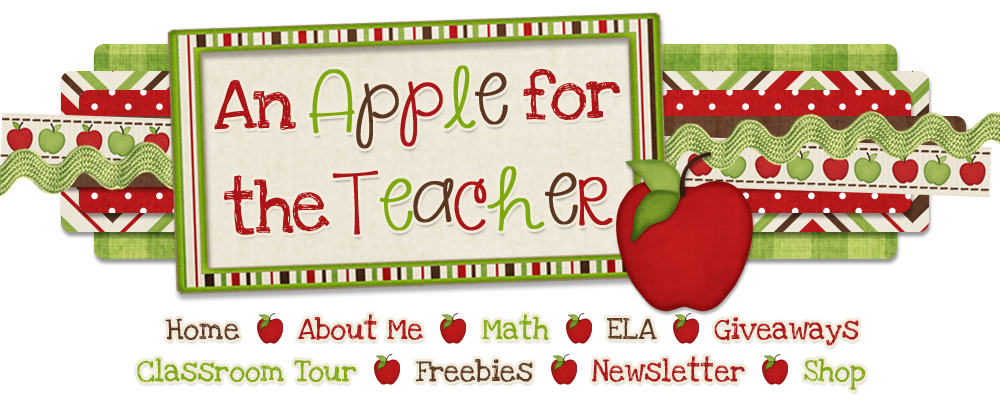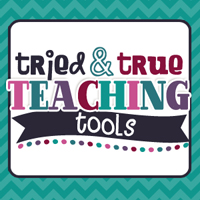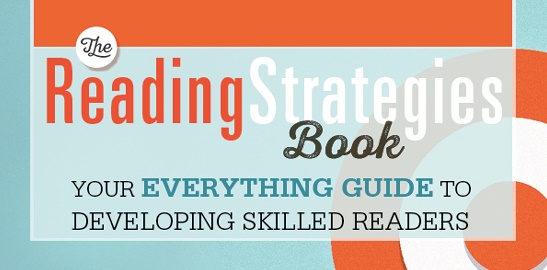Welcome to our book study of The Writing Strategies Book: Your Everything Guide to Developing Skilled Writers by Jennifer Serravallo! I am joining forces with some other fabulous teacher bloggers to discuss the writing strategies we come across in this AMAZING professional text!
Because this book isn't your typical professional development book filled with individual "chapters" of narrative, each teacher blogger will be giving you a glimpse into the 10 goals that are represented in the text. Each goal area is filled with many valuable strategies that will help you to support and guide your students as they become better writers. Keep in mind, we are only highlighting a FEW strategies in each section. There are over 300 strategies in the whole book!
You can find my posts for previous sections below:
Serravallo says that the strategies in this section aren't just for the planning of the overall piece, but also ways to improve parts of their piece such as the lead and the ending.
Serravallo provides a progression of what can be expected at various grade levels in terms of structure. She has a separate one for narrative, opinion, and informational writing. You can find where your student is at, and look toward the next step to help them improve their writing organization.
Focus Strategy 1: Organize in Sequence
This strategy is good for helping students to organize narratives that move along chronologically. Serravallo suggests that students make a list of what happened first, next, after that, finally, etc.
You could have students use Post-It notes to help them organize.
Focus Strategy 2: Question, Answer
In this strategy, students think of a list of questions a reader might have about the topic they are writing about. They then think about how they might answer the question in one to three sentences.
Serravallo suggests they use a new page in a notebook for each question. They could also use index cards for each question.
Focus Strategy 3: End With Last Words From the Character
This strategy can help students to write stronger endings. They think about what the character might say at the very end. What is the last thing they want their reader to hear from the character?
I might use the last paragraph in Number the Stars to illustrate this particular strategy.
If you would like to purchase the book mentioned above, you can find it here.
This post contains affiliate links. I earn a small commission each time someone makes a purchase using one of my links, which helps to support the blog. All opinions are my own and I only promote brands and products that I have used myself and truly love.
Make sure to visit Kelly over at Digging Deep to Soar Beyond the Text. She is our official hostess for this week, and she has some more strategies and great ideas for you!
If you would like to link up your own blog posts about this book, feel free to do so in the linky below! Don't forget to check out the other bloggers' posts as well as they write them for even more ideas!































